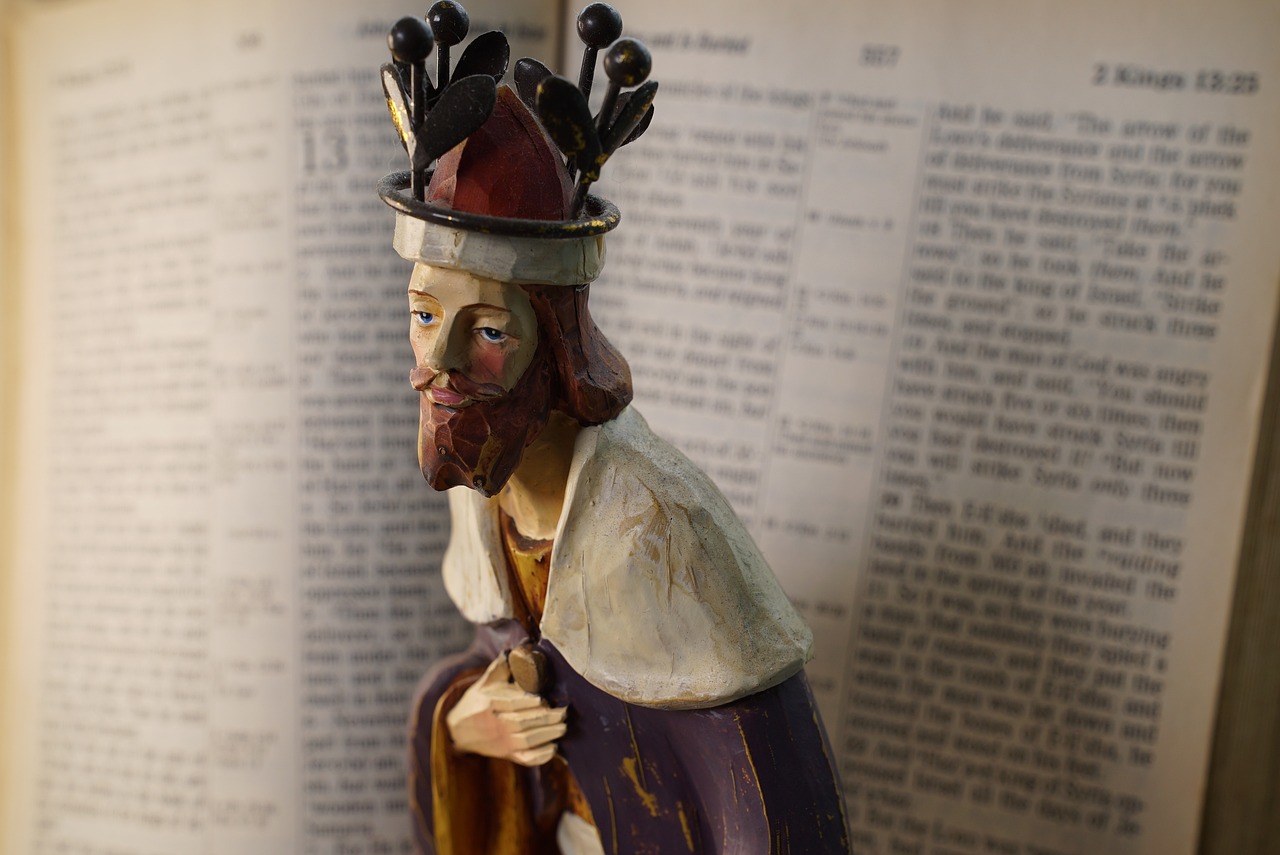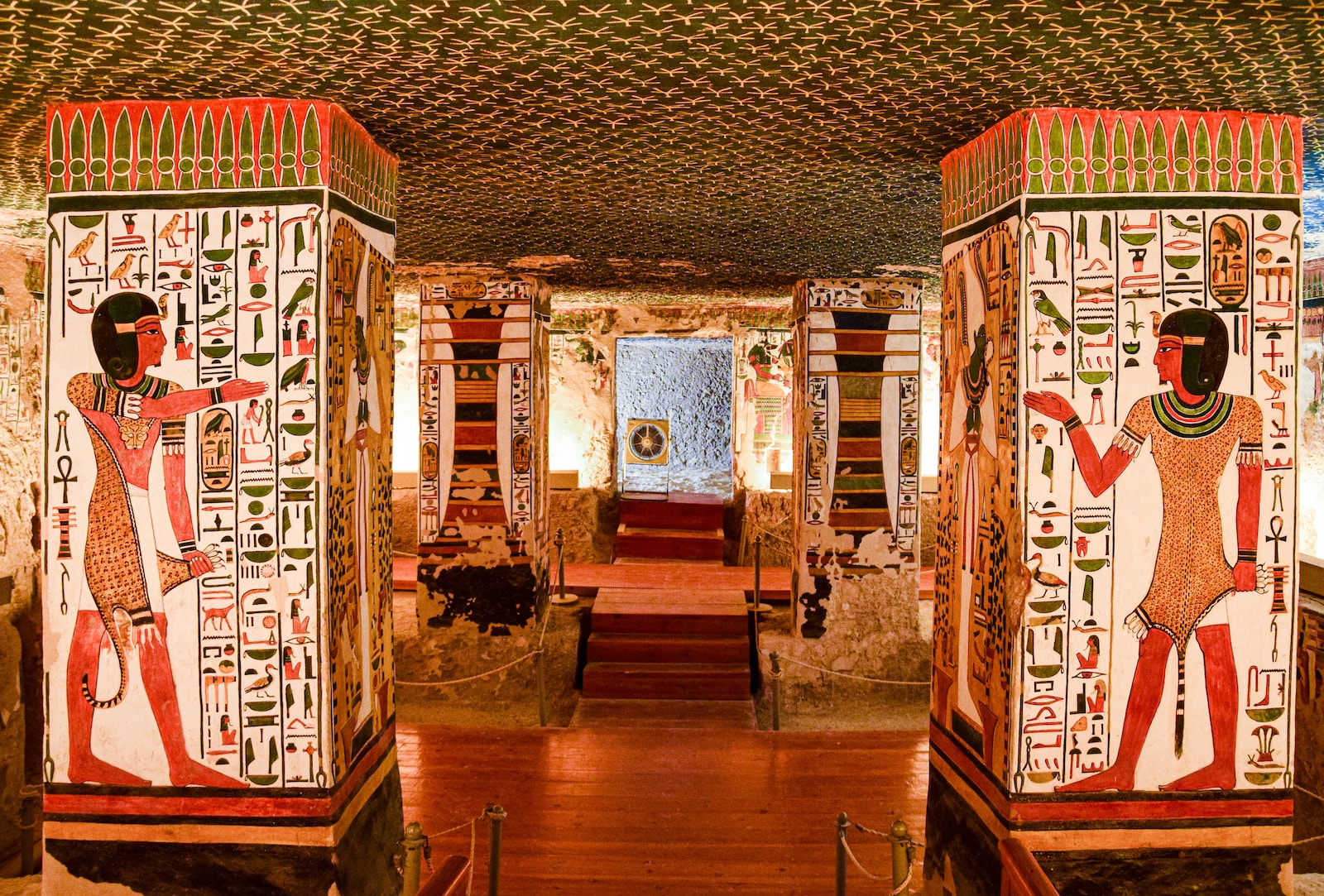In Genesis 47, we see the continuation of the story of Joseph and his rise to power in Egypt. After Joseph reveals his true identity to his brothers and reconciles with them, he brings his father Jacob and the entire family down to Egypt to settle. Pharaoh generously grants them the land of Goshen, and Joseph takes care of them, providing food and provisions during the famine.
This passage showcases Joseph’s wisdom and administrative skills, as he implements a system where the Egyptians sell their livestock, land, and eventually themselves to Pharaoh in exchange for food. Joseph ensures that the people survive through this difficult period, while also solidifying Pharaoh’s control and ownership of the land and its people.
But how does this narrative link to Messianic Jesus? To understand the connection, we need to dive deeper into the themes and symbolism within this passage. One key aspect is Joseph’s role as a provider and savior during the famine. His wise management of resources and his ability to preserve life mirrors the Messianic role that Jesus plays in Christianity.
In the New Testament, Jesus is often referred to as the Bread of Life, the one who provides spiritual sustenance to his followers. Just as Joseph provided physical nourishment and salvation during the famine, Jesus promises eternal life and spiritual restoration to those who trust in him. Both Joseph and Jesus act as saviors in their respective contexts, offering hope and deliverance in times of desperation.
Moreover, Joseph’s elevation to a position of power and authority aligns with Jesus’ role as the exalted Son of God. Joseph was placed in a position of authority second only to Pharaoh, with all authority and power under his control. Jesus, likewise, sits at the right hand of God, reigning over all creation. The parallels suggest that just as Joseph had authority and power to save, Jesus possesses ultimate authority and power to redeem and reconcile humankind to God.
Additionally, the selling of the Egyptians’ livestock and land under Pharaoh’s control can be seen as a foreshadowing of the sacrificial nature of Jesus’ death on the cross. The people willingly gave up their possessions to Pharaoh in exchange for their lives. Similarly, Jesus sacrificed himself on the cross, surrendering his life to redeem humanity from sin and death.
Furthermore, the Israelites’ settlement in the land of Goshen and their separation from the Egyptians can symbolize the distinction between believers and the world. Goshen was a fertile and prosperous land, separate from the rest of Egypt. In a similar way, Christians are called to live distinctively, set apart from the values and practices of the world.
This separation also foreshadows the concept of the Church being distinct from the world as the people of God. Just as the Israelites were preserved and protected within the land of Goshen, believers find refuge and security in Christ, being part of His body, the Church.
Finally, we can interpret Joseph’s forgiveness and reconciliation with his brothers as a precursor to Jesus’ redemptive work on the cross. Despite their betrayal and mistreatment, Joseph forgave his brothers and was able to restore the broken relationship. Similarly, Jesus extends grace and forgiveness to humanity, offering reconciliation with God through His sacrifice. Joseph’s forgiveness becomes a powerful image of reconciliation, restoration, and healing, pointing forward to the ultimate reconciliation that Jesus brings.
In conclusion, Genesis 47 shows us Joseph’s role as a provider, savior, and reconciler during the famine. These themes align with the Messianic role of Jesus in Christianity. The narrative of Joseph’s rise to power and his actions connect to Jesus’ authority, sacrificial death, and redemptive work. This passage provides a glimpse into the typology and symbolism that links the Old Testament with the person and work of Messianic Jesus, reinforcing the narrative threads that run throughout Scripture.



